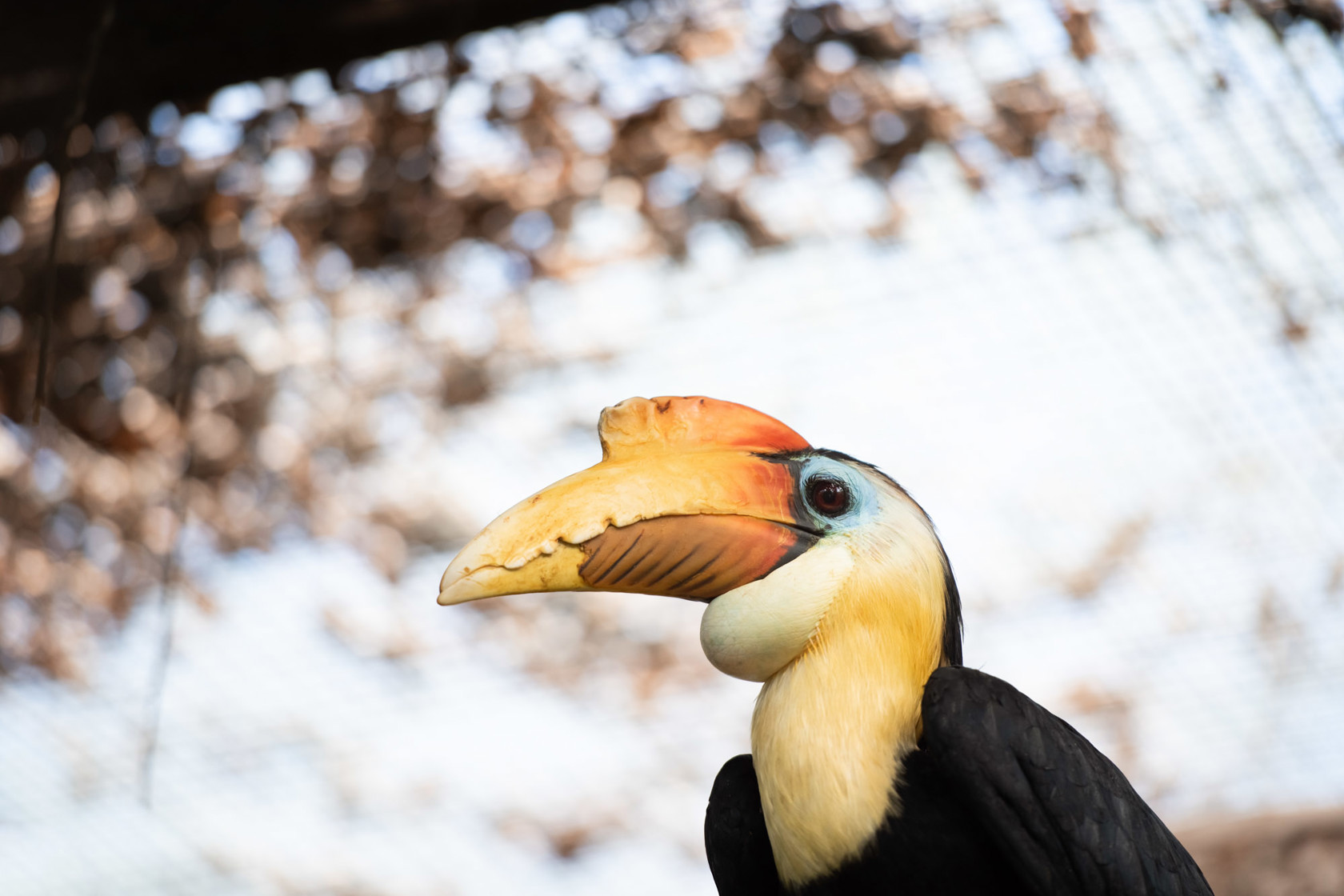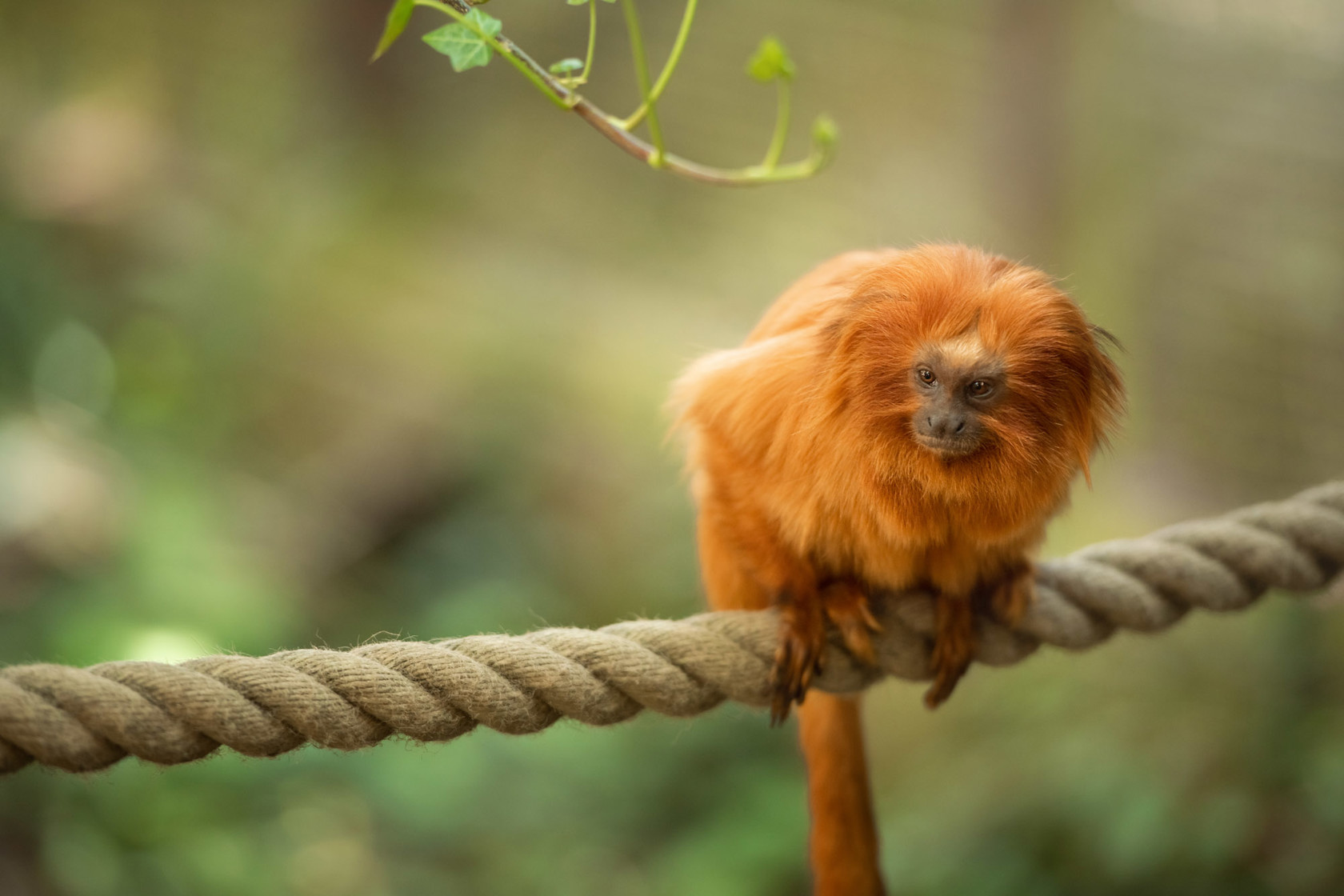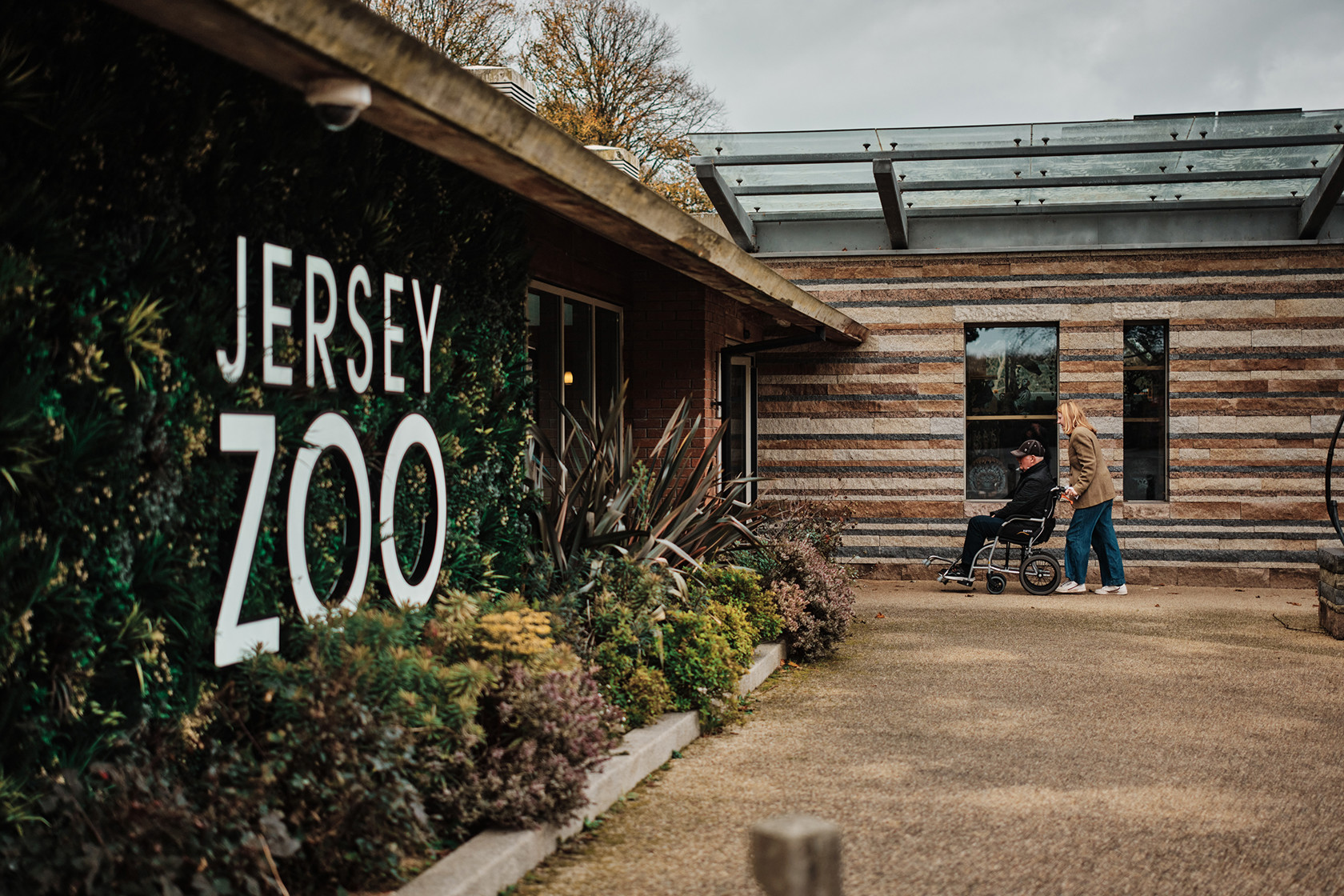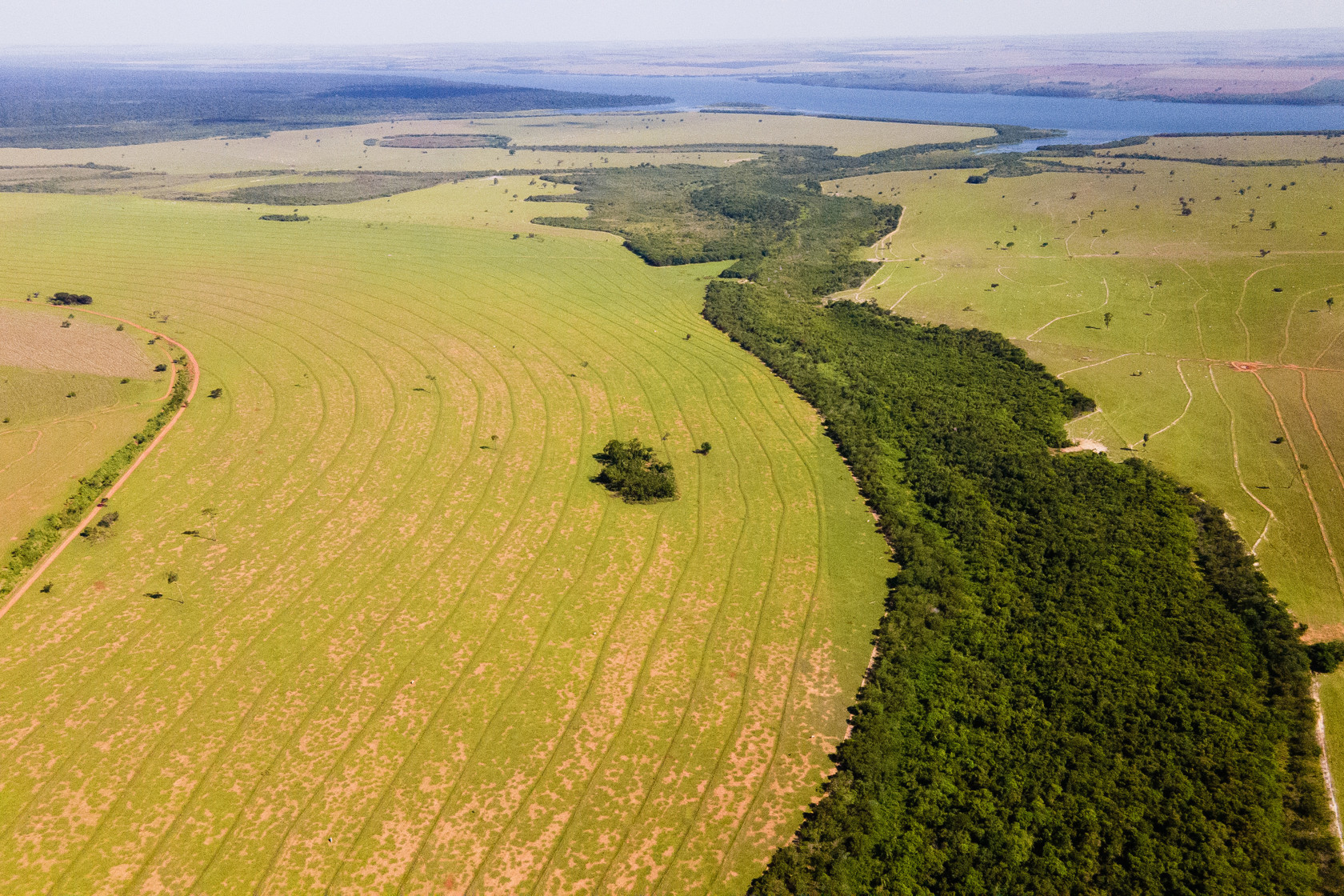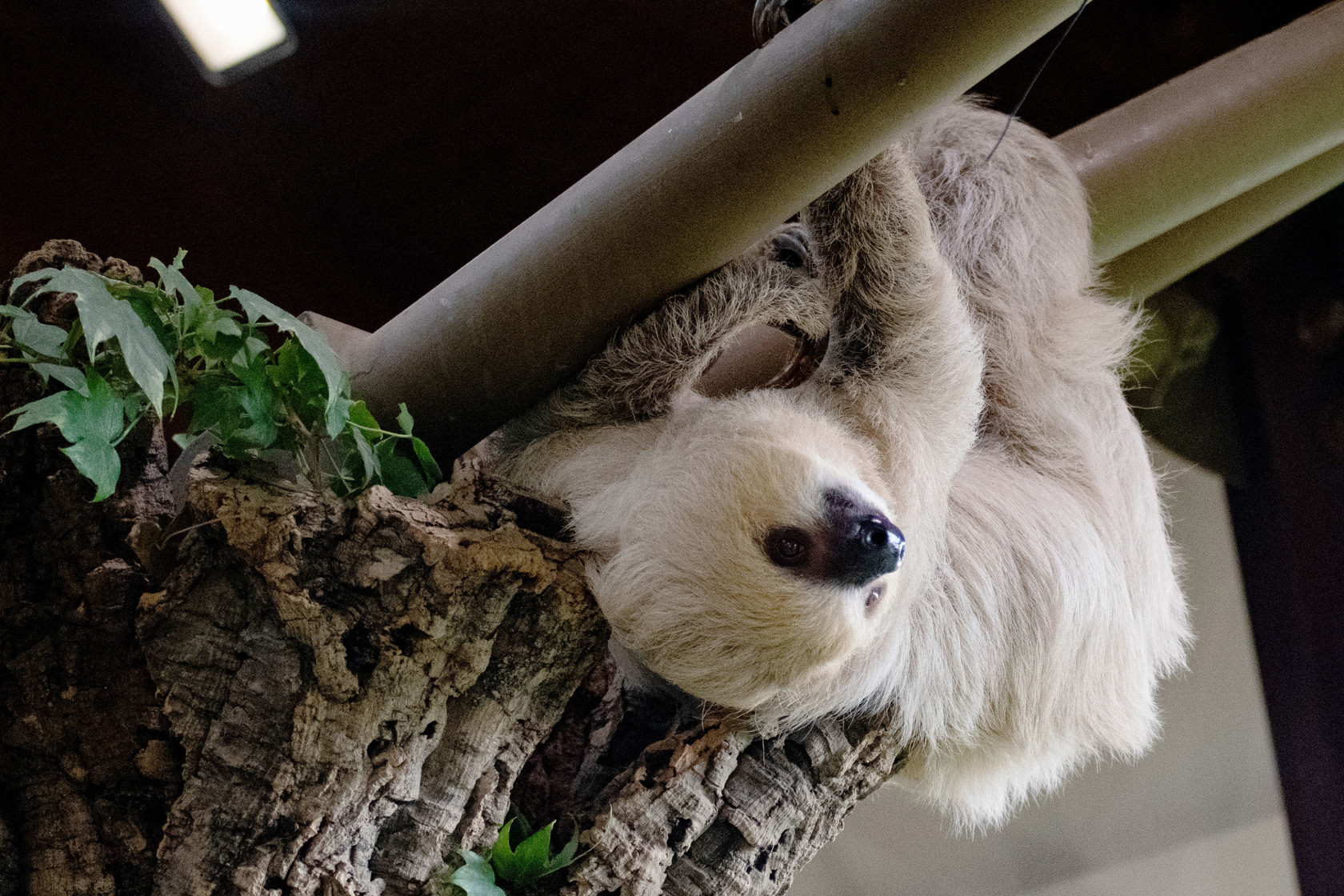Return to Round Island
14 March 2024
Home to a wealth of wildlife, with many species found nowhere else on Earth, Mauritius is a place Durrell has been working to conserve wildlife for decades.
Alongside our local partners, we are rebuilding the ecosystem of one of the country’s offshore islets, Round Island, with the hope that it becomes a global case study for island rewilding. The Mauritius Island Restoration Programme is a partnership between Durrell Wildlife Conservation Trust, the Mauritian Wildlife Foundation, the National Parks and Conservation Service, and the Forestry Service.
In 1975, British conservationists David Bullock and Steve North worked on Round Island as part of an undergraduate degree project. During their time there, they encountered what may have been one of the last Round Island burrowing boas, which was later declared extinct.
David and Steve have re-visited the island at various pivotal moments since the 1970s, including after the removal of invasive herbivore species. Speaking to Durrell's Island Restoration Manager, Dr Nik Cole, almost 50 years after they first stepped foot on the island, David and Steve reflect on the past, present, and possibilities for the future of Round Island.
What were your first impressions of Round Island when you visited in the 1970s?
Steve: The immediate impression was that there was lots of wildlife. Then you looked deeper, and it became clear that the island was in serious trouble, with very little vegetation due to invasive herbivores, and there was a lot of erosion. So that was quite a shock.
David: We're used to seeing rabbits and goats because we're from the UK, so they feel normal to us, but we knew they were non-native invasive species having a negative impact.
Was there talk at the time, when you first visited the island, of the removal of these invasive herbivore species?
Steve: There had been lots of talk and ad-hoc effort but no serious attempts to remove them. It was good to talk to people about how invasive species could be eradicated, even though implementing it took a few more years.
David: We quickly learned that the total removal of rabbits and goats was the only thing that could save Round Island from going into absolute ecological dereliction.
Steve: At the time, Round Island was one of the first places where there were successful attempts to carry out a proper eradication on this scale. Other places have since followed the model used here, so it's had a significant effect beyond Mauritius.
What was the most striking difference on your next visit after removing the invasive species?
Steve: The first time we returned, it was surprising how little change there was. When we came back in 1989 and 1996, the impact really became evident. Then, you could see young trees on a scale that was not there before. In 1996, we started seeing real positive change. There was much more effort going into weeding invasive plants and planting native trees to regain some lost species.
David: We'll never get back to what Round Island was like before, but what you're aiming for is building back resilience and increasing the functioning of the island as an ecosystem. Some elements we can't replace exactly, such as the tortoise species once found here, but similar species, such as the introduced Aldabra tortoises, can take on their roles. That kind of thinking is influential because we'll never get back to the pristine Edens that were. If we want to make good some of the damage that we've done, we will have to use these functional analogues (a species that can stand in for one that is unavailable) more and more to restore ecosystems.
Your previous trip was over 20 years ago. Now that you're back on Round Island, what aspects would you like to see concentrated on in working to restore the ecosystem further?
Steve: I never thought I'd see hardwood forest here in my lifetime. The forest was very evident when we got off the boat, but the scale of the forest is what I would focus on. Round Island is such a hostile environment that there's still a lot of bare ground and rock and soil erosion, so bringing in extra components should help the forest function. We should look at different invertebrates, ferns, and ground vegetation species to enrich the hardwood forest.
David: This trip has solidified for me one of the things I had in my mind for quite some time: thinking long-term. It would be good to have a horizon-scanning style discussion on what we think is going to happen in the future, be it the increasing frequency of tropical storms classed as cyclones because of climate change, the presence of increasing populations of keystone large herbivores, or the stabilisation of populations of snakes and other reptiles. There's no correct answer, but it would be helpful to frame what Round Island could look like in future years.
Steve: I'm really impressed by the speed and the scale of change. I'd like to see the same on some of the other northern Mauritian islands on the same trajectory of recovery and restoration. I would also like these achievements to be more visible to Mauritians on the mainland. It's a dangerous place that can't welcome many people, but there are inventive, imaginative ways to show the conservation work achieved here.
What is your main impression from this visit?
David: The hardwood forest is locking up carbon in a way that hasn't happened for 200 years. We should remember that increasing rewilding and functional connectivity will yield amazing ecological interactions. All the examples of rewilding that we've seen so far across the world have turned up wonderful surprises.
Steve: It's great to see the atmosphere of the people involved in restoring Round Island. There's always been camaraderie, energy, and hunger to make a difference; experiencing that is always really rewarding. People in the team here have come because they're interested in this place, and they'll go away with fantastic stories that will inspire other people. My stories of Round Island inspired my daughter to go into conservation.
Video landscape clips by Mystic Mauritius
Burrowing boa photos by Steve North and David Bullock

